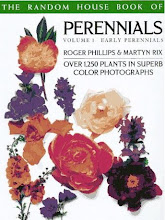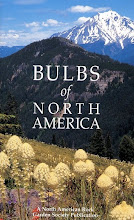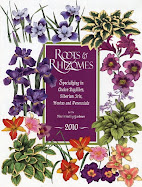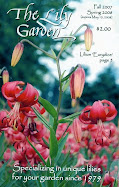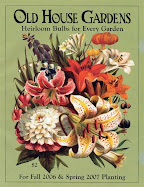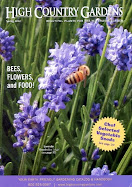Downtown Seattle January 2009
SoDo, Elliott Bay January 2009
SoDo, Elliott Bay, Duwamish Head January 2009
Downtown Seattle October 2012
SoDo, Elliott Bay, Duwamish Head, Olympic Mountains October 2012
Downtown Seattle October 2012
SoDo, Elliott Bay, Duwamish Head, Olympic Mountains October 2012
The reason to visit the 12th Avenue S Viewpoint is for the sweeping view of Downtown Seattle, SoDo, the Duwamish Industrial Area, West Seattle, Elliott Bay & on a clear day, the spectacular Olympic Mountains. The viewpoint is a short walk from the Beacon Hill Station: 1 block south on Beacon Av S, then 4 blocks west on S McClellan St. The neighborhood there is a pleasant mix of craftsman & mid-century homes. Look for remnant Japanese gardens of the old Japanese community there. If you are in the mood to eat, try Filipino food at Inay’s, just a short distance north of the station at the corner of Beacon Avenue S & S Bayview Street. The beautiful, modern Beacon Hill Library is at the corner of Beacon Avenue S & S Forest Street, 2 blocks south of the station.








































































